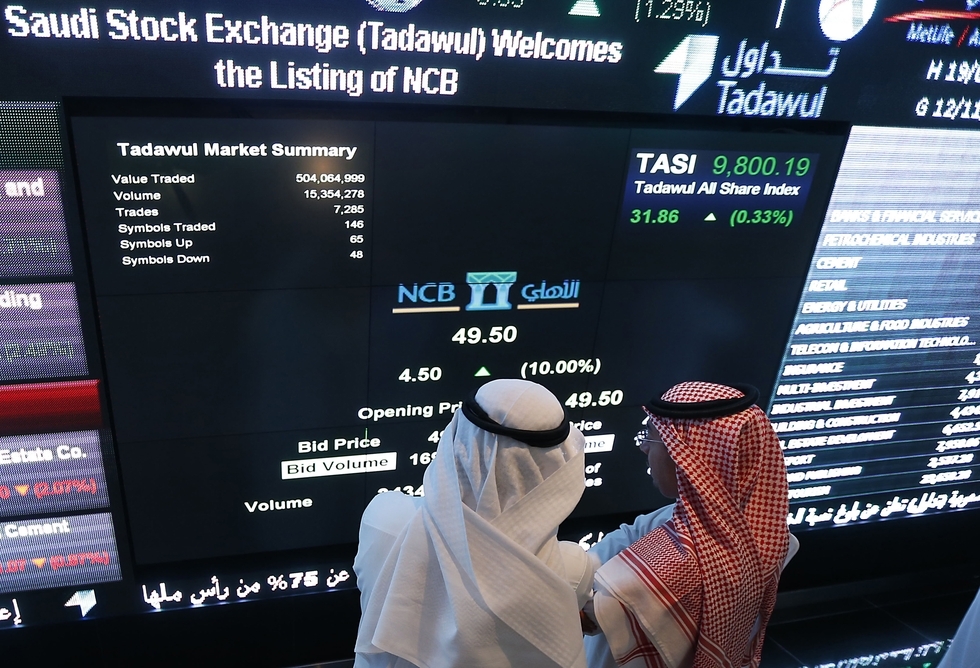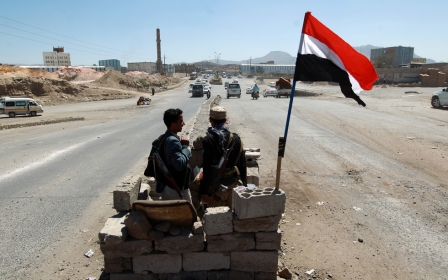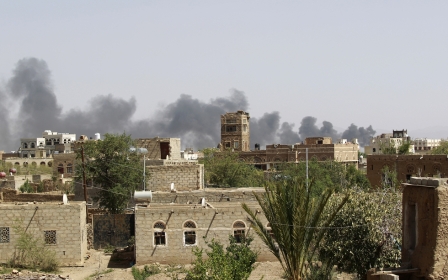Saudi Arabia still has time to escape dangerous economic woes

Two years ago China surpassed Japan becoming the second largest economy in the world. While the Chinese economy earned its status in terms of size, it has been losing ground to the United States in being the engine of global economic growth.
Chinese exports have been declining, and it no longer enjoys double-digit growth in its gross domestic product (GDP). This slowdown, coupled with the price war emerging between conventional and shale oil, have together been the most important factors in the oil price collapse that started at the beginning of 2015.
However, surprisingly, global equities have been on the rise for the most part of this year, as has the Saudi economy. Almost everyone, at least in Saudi, has been underestimating the impact of lower oil prices on the world’s second largest oil producer. The view now has changed with the current crash in the Chinese market.
Saudi Arabia has held its position in responding to the drop in oil prices, which is that production will not be cut. The rationale behind this counter-intuitive strategic decision is to protect its market share. Saudi knew that non-OPEC oil would keep flowing into the global market, yet given the high production cost of non-conventional oil including US shale, Saudi thought that this price war wouldn’t last long, minimising the impact on its primary source of income.
Measures including revising government spending and generous fuel subsidies were discussed, but not taken seriously.
The Chinese market crash on Monday triggered a massive sell-off in global equity markets. TASI, the Saudi all equity index, dropped by more than 30 percent in two weeks, leaving it at a three-year low. While TASI has been in a downward spiral since mid-2014, as a reaction to falling oil prices, this week’s sell-off is the most serious development yet.
Now, the Saudis are realising that their price war with shale oil producers is going to take longer to win than expected. Government debt and a slowdown in government spending is now a reality for the kingdom.
The conventional oil versus shale oil price war is not about who has the lowest production cost anymore. Rather, it is now a question of who can sustain low oil prices for a longer period of time. While Saudi’s massive foreign exchange reserves, estimated at more than $600 billion, is playing a major role as a buffer if government income is significantly affected, it might not be enough. In the first six months of this year, the central bank of Saudi Arabia has reported a decline in the state’s exchange reserves by around $60 billion.
The Saudi problem is rooted in the fact that it is producing oil at maximum capacity, a little shy of 11 million barrels per day, and this is giving Riyadh less room to manoeuvre and influence oil prices. And since oil revenues make up 90 percent of all government revenue, drawdowns from exchange reserves are expected to rise amid falling prices, in order to finance an expansionary government fiscal policy.
The government cannot afford to introduce severe cuts in its fiscal policy as any decline in government spending will slow down the economy as a whole. This could send the Saudi economy into a vicious circle of contraction as it is excessively dependent on oil. Even for industries that are not directly supported by preferential energy prices, they may still depend on government financing, which could be reduced if spending were to be cut.
The government is reverting to financing its rising expenditure through public debt, which is at the exceptionally low level of 1.6 percent of GDP. It has raised $5 billion and is planning to raise another $20 billion through the issuance of sovereign bonds. However, the financing cost of issuing these bonds is expected to increase when interest rates are raised – this will be compounded by the kingdom’s deteriorating credit rating – and may lead to further plundering of foreign exchange reserves.
On top of this, despite its current low level, issuing local public debt will put pressure on liquidity in the financial sector, which will jeopardise credit and economic growth.
All of this paints a somewhat dark picture for Saudi Arabia, but there is a light at the tunnel, if pragmatic albeit tough reform measures are put in place.
Saudi only exports two thirds of its oil production. The kingdom consumes a staggering near three million barrels each day. This level of consumption is alarming when compared to a country like Germany that consumes a similar amount but in an economy that has five times the annual GDP of Saudi. Another alarming fact about Saudi’s local oil consumption is that it is growing at a rate of 6 percent annually.
This excessive oil consumption is mainly the result of low fuel prices driven by generous government subsidies.
The government has talked about removing government subsidies but said a revision must be linked to the completion of a mass public transport system. Another area of excessive oil consumption is electricity generation and water desalinisation. Electricity generated in Saudi is only done by using only fossil fuel. Furthermore, most turbines are oil-based rather than the more efficient natural gas, due to its limited supply.
As it is one of the hottest places in the world, 60 percent of electricity generated is consumed in air conditioning. However, 80 percent of buildings are not properly insulated, leading to inefficient use of energy.
The King Abdullah City for Atomic and Renewable Energy is working on developing a strategy for energy production in the kingdom. It was established five years ago, and is yet to report, but falling oil prices may expedite the agency’s timetable.
If reforms can be implemented to the subsidy system and energy consumption reduced this would free up more oil for export and support the government’s budget.
As part of efforts to grow the kingdom’s revenue streams, the state-owned oil company ARAMCO has expanded its focus to include upstream oil activities – in exploration and production – and implemented efforts to increase refining capacity to improve profit margins.
Additionally, the petrochemical industry’s relationship with ARAMCO is being revised, opening the door for more efficient use of the kingdom’s limited supply of natural gas.
In addition to vast reforms that can be introduced to the oil and gas, industrial, and energy-generation sectors, there are economic reforms that are already underway. The economic and development council is currently studying imposing real estate tax on undeveloped lands. This tax is expected to generate $50 billion, which makes up around 10 percent of the current year’s total government expenditures. This tax windfall is expected to increase economic activity and resolve two of the country’s most critical social issues, which are the cost of living and housing.
The introduction of a tax bringing $50 billion in new revenue may alleviate some of the economic hardship faced by the Saudi population – the cost of living and housing - and could allow the government to remove expensive government fuel subsidies.
These initiatives would definitely help dampen the effect of lower oil prices, even if diversifying from an oil-based economy will take a long time to materialise.
- Salah Khashoggi holds a degree in finance from Virginia Tech University. He is a specialist in Risk Management of financial institutions. He has a weekly economic column with several newspapers writing about current developments in the fields of energy, governance, innovation and sustainability. He is also an active entrepreneur in renewable energy, foreign direct investments and the recycling industry.
The views expressed in this article belong to the author and do not necessarily reflect the editorial policy of Middle East Eye.
Photo: Saudi investors monitor stocks at the newly opened exchange market department at the National Commercial Bank (NCB) in Riyadh on November 12, 2014 (AFP)
New MEE newsletter: Jerusalem Dispatch
Sign up to get the latest insights and analysis on Israel-Palestine, alongside Turkey Unpacked and other MEE newsletters
Middle East Eye delivers independent and unrivalled coverage and analysis of the Middle East, North Africa and beyond. To learn more about republishing this content and the associated fees, please fill out this form. More about MEE can be found here.





